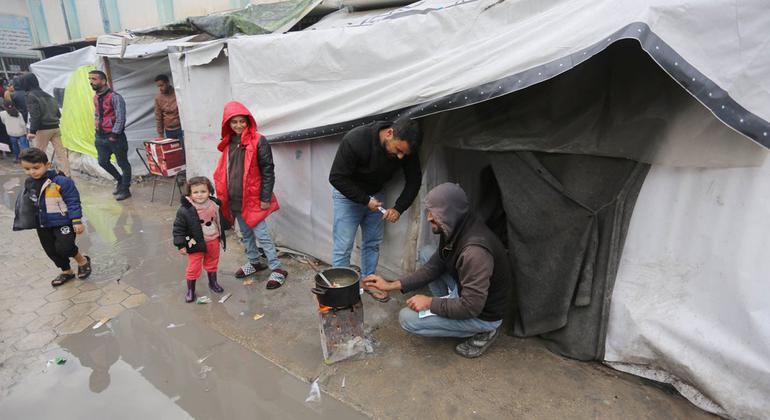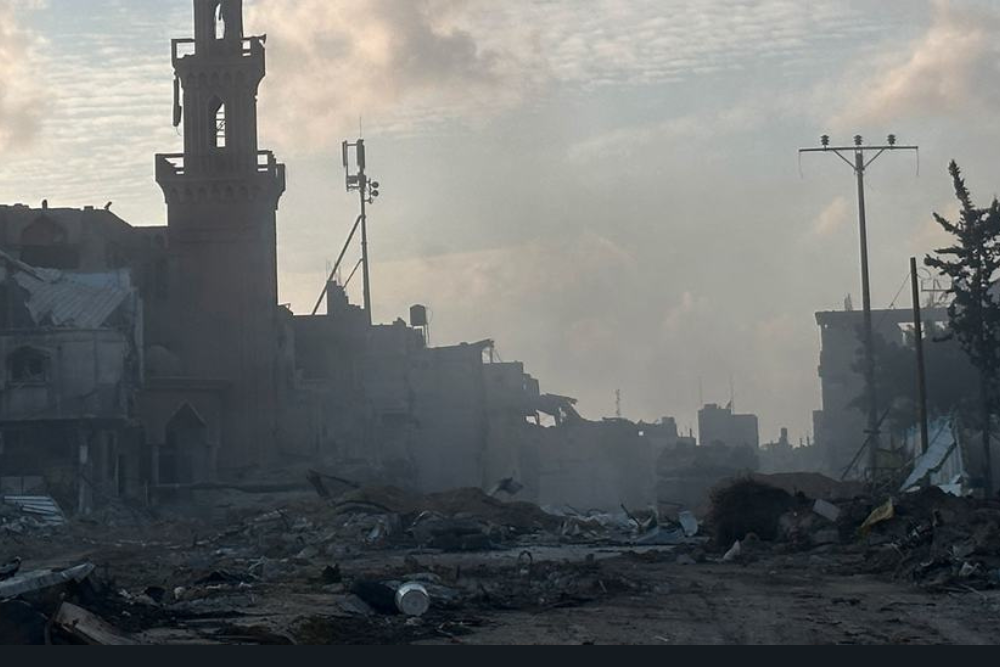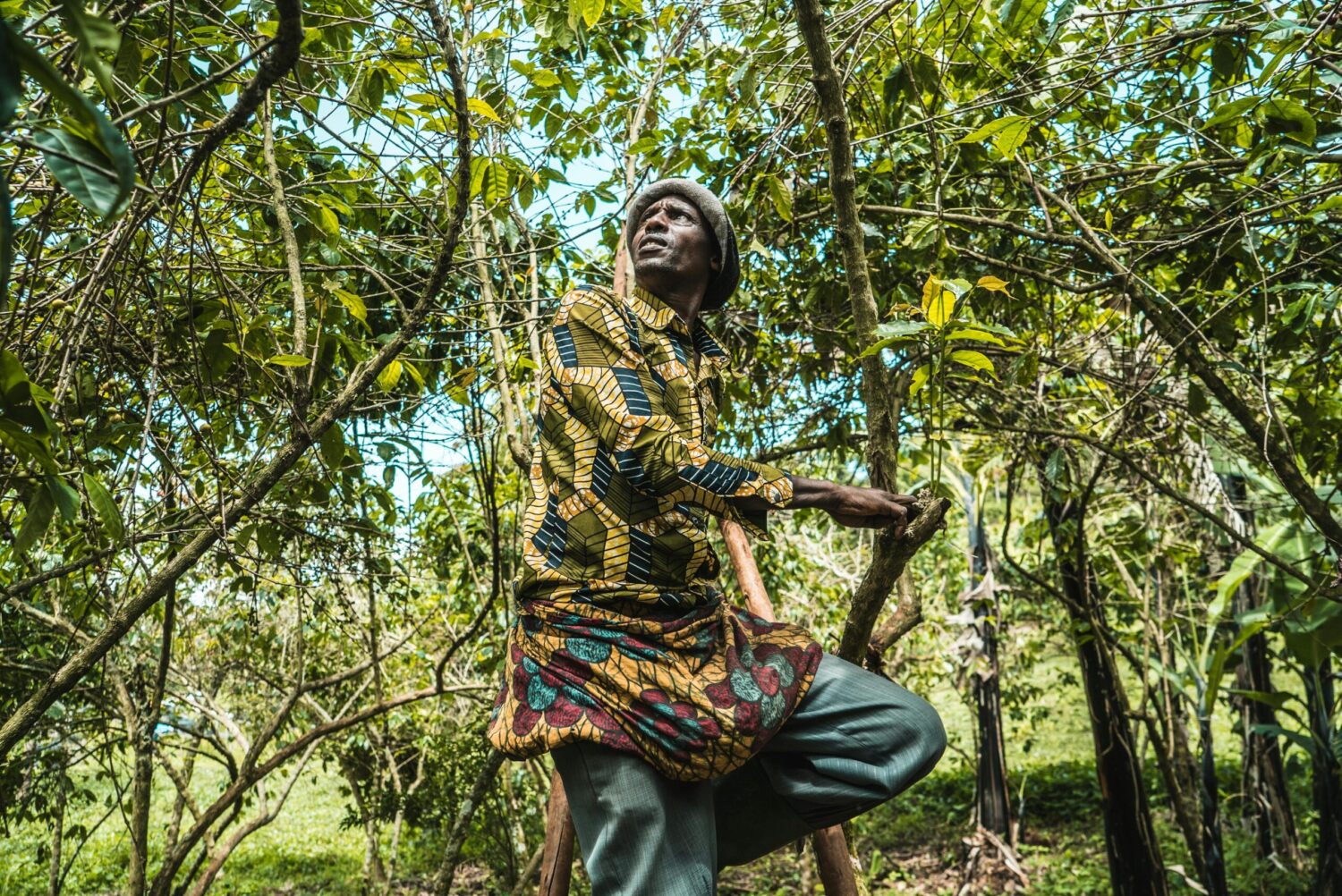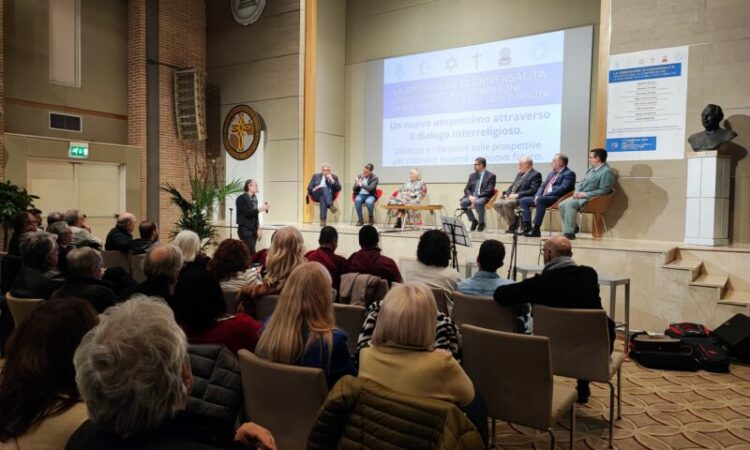Croatia
From January 1, 2023, Croatia adopted the Euro as its national currency. Thus, the country that entered the European Union last became the twentieth country to introduce the single currency.
The country has chosen four designs for the national side of the euro coins, with the distinctive Croatian chess motif in the background. All coins also feature the 12 stars of the European flag.
The 2 euro coin features a map of Croatia and the poem “Oh beautiful, oh dear, oh sweet freedom” by the poet Ivan Gundulić is written on the edge.
A stylized image of the small predator zlatka adorns the 1 Euro coin (in Croatian the animal is called kuna).
The face of Nikola Tesla can be found on the 50, 20 and 10 cent coins.
The 5, 2 and 1 cent coins are inscribed with the letters “HR” in Glagolitic script.
The €2 coin depicts a mythological scene from a mosaic in Sparta (3rd century BC), showing the young princess Europa abducted by Zeus in the form of a bull. The inscription on the edge is ΕΛΛΗΝΙΚΗ ΔΗΜΟΚΡΑΤΙΑ (REPUBLIC OF GREECE).
The €1 coin reproduces the Athenian owl design that appears on the ancient 4 drachma coin (5th century BC).
The 10, 20 and 50 cent coins depict three different Greek statesmen:
10 cents: Rigas-Ferreos (Velestinlis) (1757-1798), forerunner of the Greek Enlightenment and Confederation and visionary of the liberation of the Balkans from Ottoman rule; 50 cents: Ioannis Kapodistrias (1776-1831), the first governor of Greece (1830-1831) after the Greek War of Independence (1821-1827) (20 cents), and Eleftherios Venizelos (1864-1936), a pioneer of social reform who played a key role in the modernization of the Greek state.
The 1, 2 and 5 cent coins depict typical Greek ships: the Athenian trireme (5th century BC) on the 1 cent coin; the corvette used during the Greek War of Independence (1821-1827) on the 2 cent coin and the modern tanker on the 5 cent coin.
Austria
Austria’s euro coins are designed around three main themes: flowers, architecture and famous historical figures.
In addition to public consultation through opinion polls, a group of 13 experts selected the winning designs by the artist Josef Kaiser.
The €2 coin features the portrait of Bertha von Suttner, who was awarded the Nobel Peace Prize in 1905.
The €1 coin features the portrait of Wolfgang Amadeus Mozart, the famous Austrian composer, accompanied by his signature.
The 10, 20 and 50 cent coins depict architectural works in Vienna: the towers of St. Stephen’s Cathedral (10 cent), a masterpiece of Viennese Gothic architecture; the Belvedere Palace (20 cents), a jewel of the Austrian Baroque style, and the Secession building in Vienna (50 cents), a symbol of Austrian modernism and the birth of a new era.
The 1, 2 and 5 cent coins depict alpine flowers representing Austria’s obligations and commitment to the environment: gentian (1 cent); the edelweiss (2 cents), a traditional symbol of Austrian identity, and the primrose (5 cents).
Austrian euro coins have the peculiarity of showing the nominal value on the national obverse as well.
There are two different series of Spanish Euro coins in circulation.
The €1 and €2 coins depict the image of the new head of state, His Majesty King Felipe VI, in profile to the left. To the left of the image, round and in capital letters, the name of the issuing country and the year of issue “ESPAÑA 2015”, and to the right the mint mark.
Spain has updated the design of the Spanish national face on the €1 and €2 coins, which have been produced since 2015, to illustrate the change in the position of the head of state. The €1 and €2 coins from previous years with the old Spanish national face will remain valid.
The 10, 20 and 50 cent coins depict the bust of Miguel de Cervantes, author of “Don Quixote of La Mancha”, a masterpiece of Spanish and world literature.
The 1, 2 and 5 cent coins show the Cathedral of Santiago de Compostela, a jewel of Spanish Romanesque art and one of the most famous places of worship in the world.
From that point on, the year mark appears on the inside of a coin, along with the mint mark and the name of the issuing country. The twelve stars in the outer ring are depicted as on the European flag, without relief around them.
Estonia
The design of the national side of the Estonian euro coins was chosen after a public competition. A jury of experts pre-selected the 10 best designs.
The winning design was chosen by telephone voting, which was open to all Estonians. It was created by the artist Lembit Lemos.
All Estonian euro coins contain a geographical image of Estonia accompanied by the word “Eesti” and the year “2011”.
The inscription on the edge of the €2 coin is “Eesti” repeated twice, once upright and once inverted.
Estonian euro coins have been in circulation since 1 January 2011.
Italy
Italian euro coins carry a different design for each denomination, chosen from masterpieces of the country’s cultural heritage. The final choice was made by the public through a television program broadcast by RAI Uno, Italy’s largest television station.
The €2 coin reproduces the portrait painted by Raphael of the poet Dante Alighieri (1265-1321), author of the Divine Comedy. The inscription on the edge repeats “2” six times, alternating upright and inverted numerals.
The €1 coin features the Vitruvian Man, Leonardo da Vinci’s famous drawing showing the ideal proportions of the human body.
The 50 cent coin reproduces the pavement design of the Piazza del Campidoglio with the equestrian statue of the emperor Marcus Aurelius.
The 20-cent coin features a sculpture by Umberto Boccioni, a master of the Italian Futurist movement.
The 10-cent coin depicts a detail from The Birth of Venus, Sandro Botticelli’s famous painting, and a triumph of Italian art.
The 5 cent coin depicts the Colosseum in Rome, the famous amphitheater built by the emperors Vespasian and Titus, opened in AD 80.
The 2 cent coin depicts the Mole Antonelliana tower in Turin.
The 1 cent coin depicts “Castel del Monte” near Bari.
In 2005, the Central Bank of Cyprus launched a competition to select the design of the Cypriot euro coins, which were to have three different motifs reflecting the specifics of the country in terms of culture, nature and the sea.
The winning projects, approved by the Council of Ministers of Cyprus, were jointly created by Tatiana Soteropoulos and Eric Mael.
The €1 and €2 coins reproduce the Pomos Idol, a cross-shaped idol dating from the Chalcolithic period (c. 3000 BC), representing the country’s contribution to civilization since prehistoric times.
The 10-, 20-, and 50-cent coins depict the Kyrenia (4th century BC), a Greek merchant ship whose remains are believed to be the oldest of the Classical period discovered to date. It is a symbol of the insular nature of Cyprus and its historical importance as a commercial center.
The 1, 2 and 5 cent coins feature the mouflon, a type of wild sheep representative of the island’s wildlife.
Belgium
There are two different series of Belgian Euro coins in circulation.
All notes of the first series issued in 2002 show the face of His Majesty Albert II, King of the Belgians, surrounded by the twelve stars of the European Union with the royal monogram (capital ‘A’ and crown) to the right. The Belgian euro coins were designed by Jan Alphonse Koistermans, director of the Turnhout Municipal Academy of Fine Arts, and selected by a committee of high-ranking officials, numismatic experts and artists.
In 2008, Belgium made a slight change in the design of its national sides to comply with the general guidelines recommended by the European Commission. The new national sides continue to bear the effigy of His Majesty Albert II, King of the Belgians, surrounded by twelve stars, but the royal monogram and date of issue are depicted on the inner part of the coin – not the outer ring – along with two new elements: the signs of the mint and the country name abbreviation (“BE”).
From 2014, the second series of Belgian coins shows on each note the face of the new head of state, His Majesty Philippe, King of the Belgians, in profile to the right. To the left of the effigy, the Issuing Country designation ‘BE’ and the Royal monogram above. Below the statue, the mint master notes to the left and the mintmark to the right the year of issue.
The outer ring of the coin features the 12 stars of the European flag.
The inscription on the edge of the €2 coin “2” is repeated six times, alternately upright and inverted.
Coins from previous years with the old Belgian national face remain valid.
Luxembourg
The national faces of Luxembourg were designed by Yvette Gastauer-Claire in agreement with the Royal Household and the national government.
All Luxembourg coins bear the profile of His Royal Highness Grand Duke Henri in three different styles: a new linear for the €1 and €2 coins; traditional linear for the 10, 20 and 50 cent coins and classic for the 1, 2 and 5 cent coins.
The word “Luxembourg” is written in Luxembourgish (Lëtzebuerg).
The inscription on the edge of the €2 coin is “2” repeated six times, alternately upright and inverted.
Illustrative Photo by Pixabay: https://www.pexels.com/photo/pile-of-gold-round-coins-106152/















